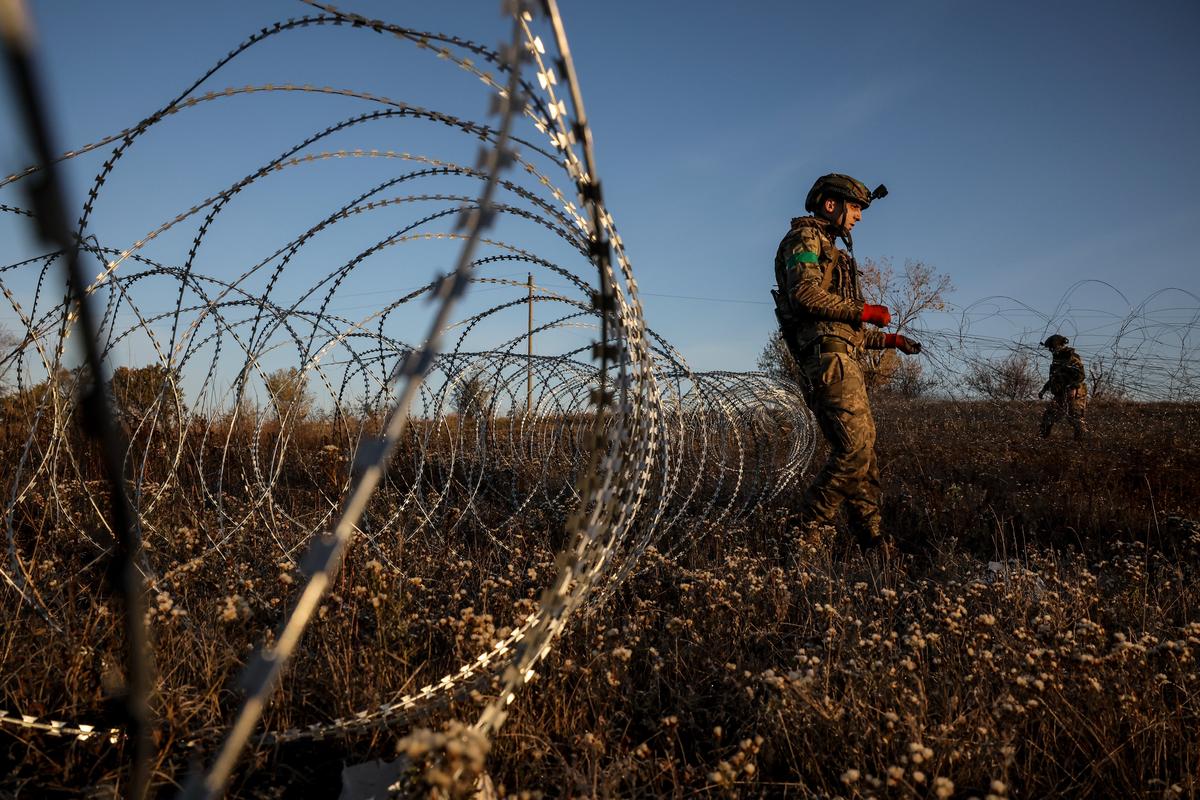
Ukrainian soldiers near the town of Chasiv Yar in Ukraine's Donetsk region, 30 October 2024. Photo: EPA-EFE/24TH MECHANIZED BRIGADE PRESS SERVICE
Russia seized more Ukrainian territory in the final week of October than at any other point so far this year, Bloomberg reported on Friday, as the Russian advance in eastern Ukraine gathers pace.
Citing data from Ukrainian war monitoring project DeepState, Bloomberg said that the Russian military’s recent capture of over 200 square kilometres in eastern Ukraine added to significant Russian gains made over summer in a brutal offensive that came at the cost of “huge losses of Russian troops and equipment”.
According to Bloomberg, Russia has captured of a total of 1,146 square kilometres of land since the Armed Forces of Ukraine (AFU) launched their surprise incursion into Russia’s southwestern Kursk region on 6 August — thereby taking control of around 25% more Ukrainian territory since the start of August than in the first seven months of the year.
Ukraine, it added, was also “gradually losing ground” around Kursk, where the AFU’s incursion was intended to force Russia to redeploy troops from eastern Ukraine and ease pressure on Ukrainian defences along the front line.
On Saturday, AFU Commander-in-Chief Oleksandr Syrskyi said Ukrainian forces were holding back “one of the most powerful offensives by the Russians since the start of the full-scale invasion” and that active combat operations were leaving Ukrainian units needing “continuous replenishment of resources”.
The New York Times (NYT) reported on Friday that US officials had accepted that the war was “no longer a stalemate” amid Russia’s grinding advance in eastern Ukraine, with one unnamed official saying the Pentagon estimated the AFU may only have enough troops to continue fighting for another six to 12 months.
While officials also anticipated that Russia would face its own shortages of troops and vehicles in 2025, the NYT reported that Kyiv would only be able to take advantage of them “if US support for Ukraine remains strong until next summer”, with uncertainty around continued American support for Ukraine after the upcoming presidential elections “weighing heavily on Ukrainians”.
